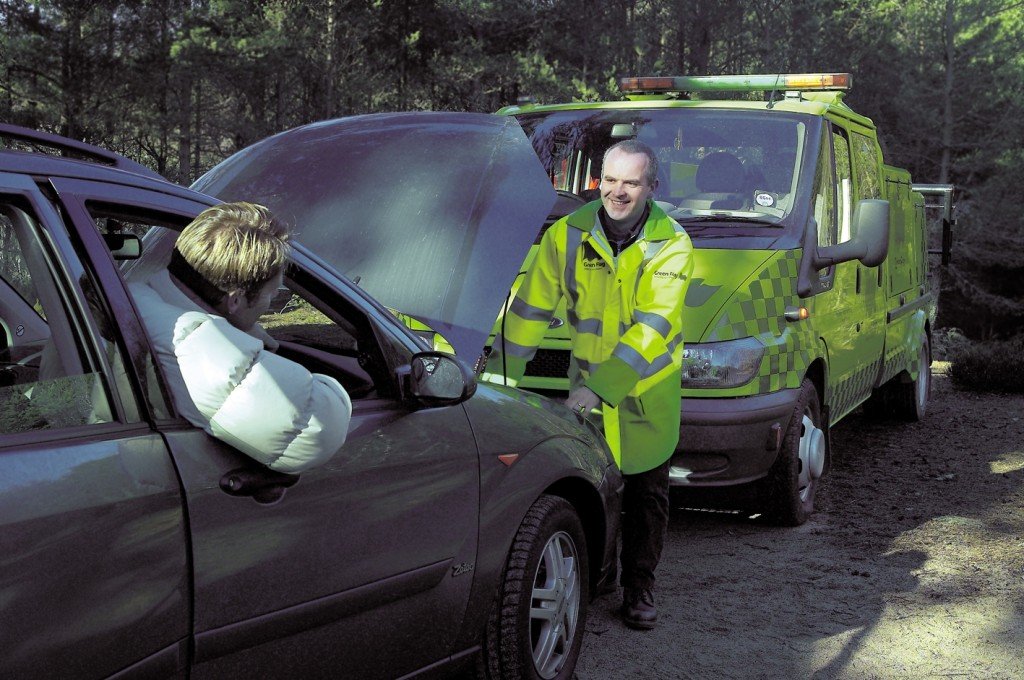
As motorists across the country are packing their suitcases, we’re predicting a seven per cent increase in breakdowns during summer. That means around 150,000 callouts for our mechanics to provide support over the summer.
Continue reading
As motorists across the country are packing their suitcases, we’re predicting a seven per cent increase in breakdowns during summer. That means around 150,000 callouts for our mechanics to provide support over the summer.
Continue reading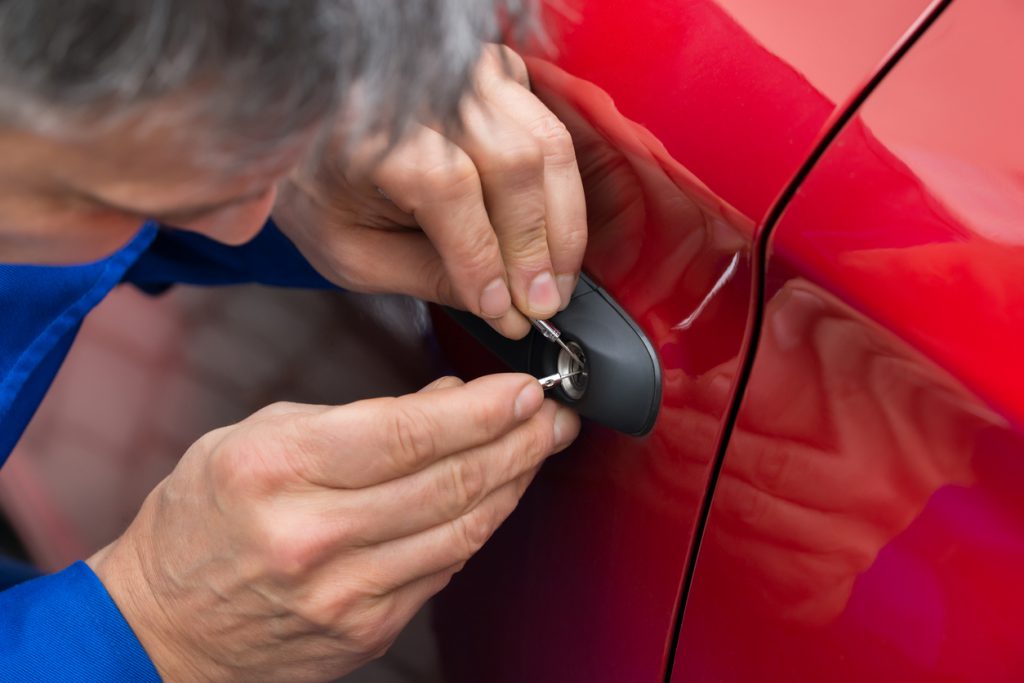
Our research reveals that a car key-related callout took place every seven minutes in 2024. According to our data, two-thirds (62 per cent) of car key callouts were a result of drivers locking their keys in the car. A further fifth of callouts were for keys being jammed in the lock or ignition, whilst 12 per cent were a result of lost keys.
Continue reading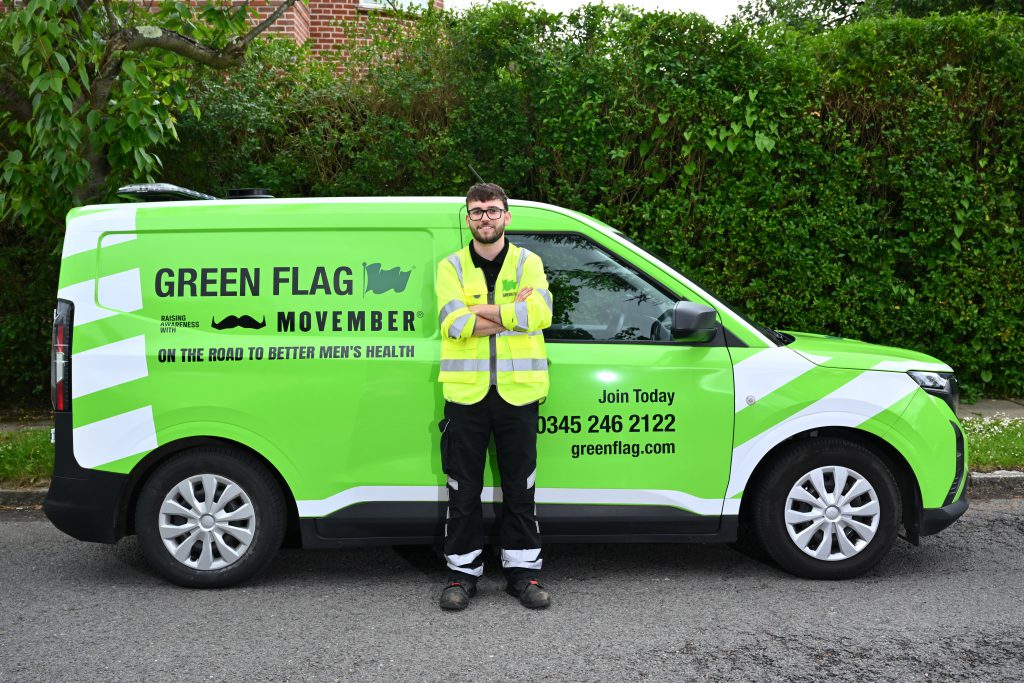
New research from Movember has revealed that British men are more likely to care for their vehicle than their own health.
It’s time to shift gear and start treating men’s health like the priority it is. That’s why we’ve teamed up with Movember to encourage people to fill in the government’s Call for Evidence survey.
Continue reading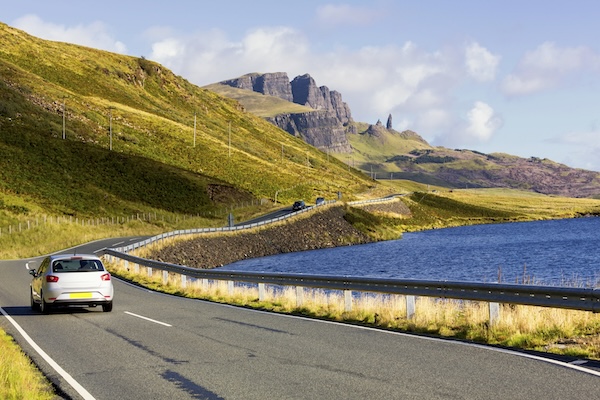
Forget sweltering in a steamy sun-baked airport departure lounge; the driving holiday is the favoured way to take a summer break for many British travellers.
It coincides with the increase in popularity of the ‘staycation’, that sees a whopping 52% of Brits choosing holidays within in the UK. Furthermore, 34% love it so much they’re holidaying here more multiple times a year.
If you’re one of the millions planning a road trip this summer, we’ve compiled a list of places to enjoy while on the road around the UK.
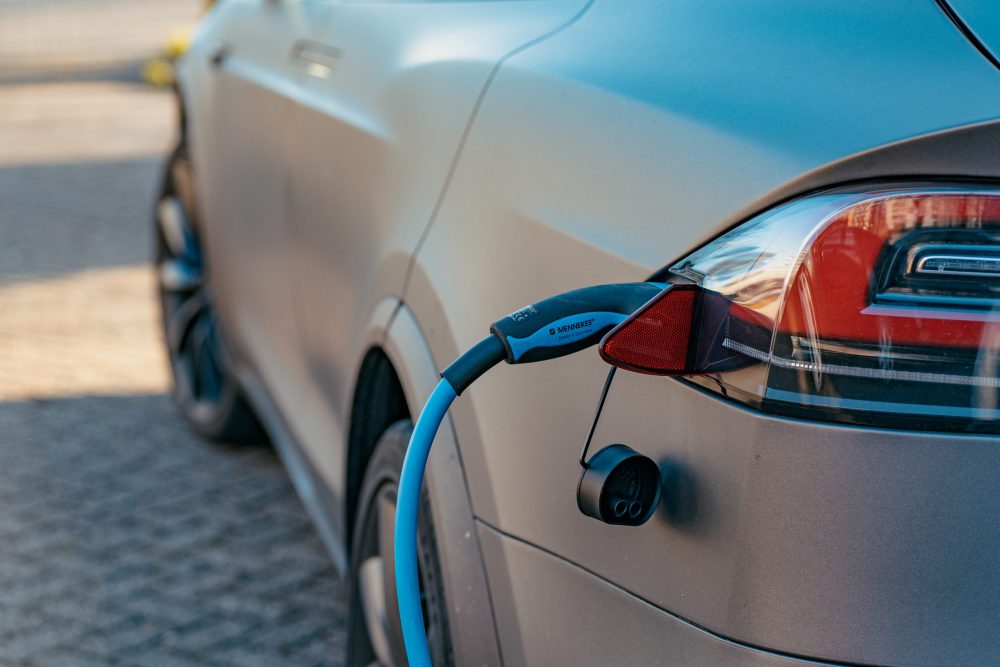
As electric vehicles become more popular, EV charging points are popping up in more public places.
But there’s nothing quite like the luxury of having a personal EV charging unit at home.
After the effort of finding the right car, finding the right charging unit shouldn’t be a hassle. That’s why we’ve connected with Rightcharge to help you find the right charger for your vehicle, from the right installer, and all for the right price.
Here’s everything you need to know about EV home charging units.
Continue reading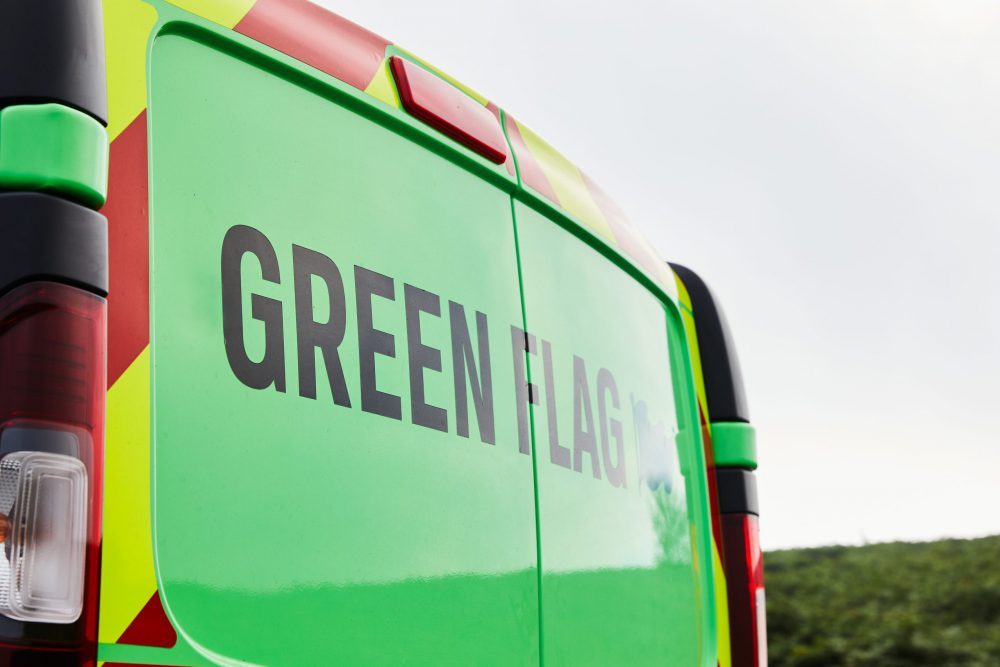
This year, we started something new. Our very own Green Flag patrol team.
It’s something we’re incredibly excited about, so we wanted to explain what it is, why we’ve done it, and how it’ll help our customers.
Continue reading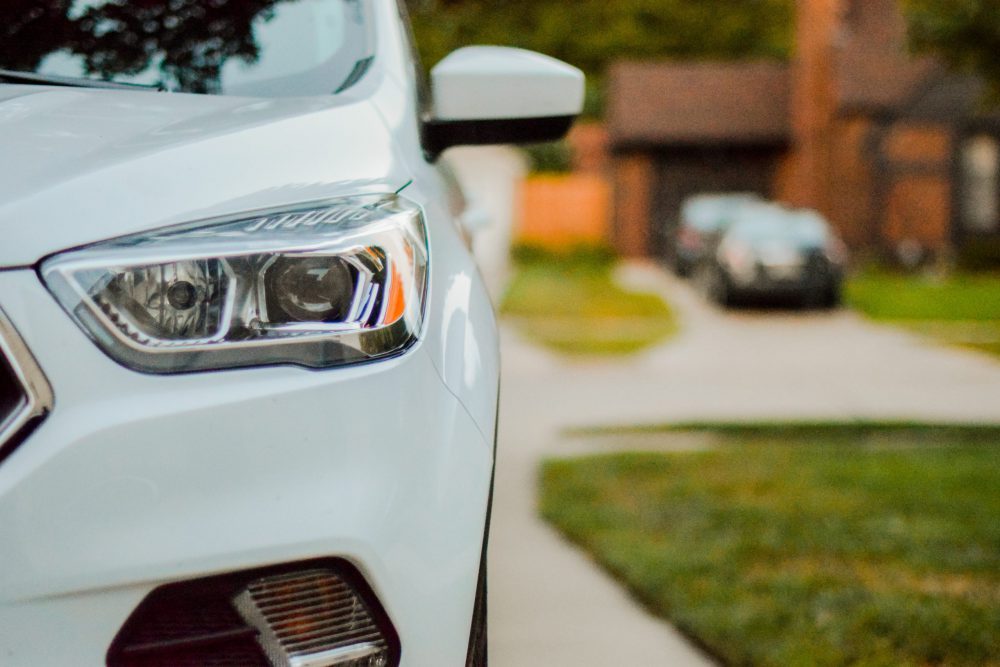
It’s illegal to drive without car insurance in the UK, so if you’re ever wondering “is my car insured?” it’s crucial to check. If your car isn’t insured, the penalties can be pretty expensive.
Police have seized over 2 million uninsured vehicles since 2005 and uninsured drivers cost over £2 billion to the UK economy. If you don’t check your car insurance, the police will.
Here’s all the important info you need to know.
Continue reading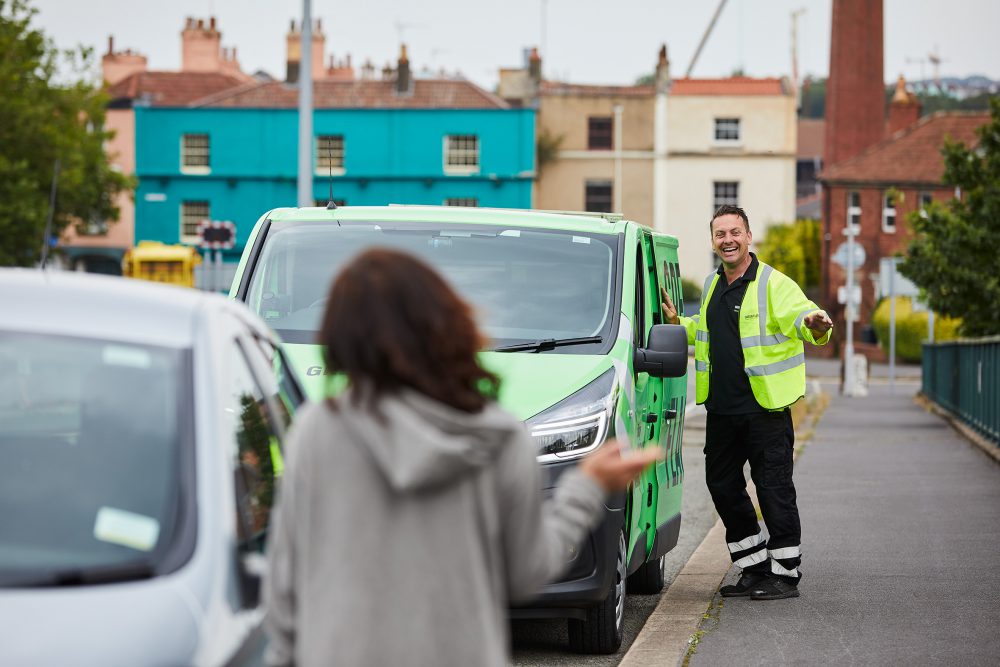
The electric vehicle market is growing. Quickly. And with government plans to phase out new petrol and diesel cars by 2030, the charge of the EV is showing no signs of slowing down.
EVs are exciting, but from a breakdown recovery perspective (one of our favourite perspectives), they are one of the biggest challenges in our industry right now.
Luckily, we like a challenge. That’s why we’re proud to announce that at the end of 2022, more of our technicians became Institute of the Motor Industry Level 3 and 4 qualified to work on EVs.
Continue reading
Right, we’ll get straight to the big one here – is driving in flip-flops illegal? Or is it illegal to drive barefoot?
No, these aren’t illegal, they’re just not recommended. It’s much safer to drive in normal, flat shoes.
Now that the illegal flip-flop myth is out of the way, here a few things that could catch you out.
Continue reading
Nobody expects (or wants) their vehicle to break down. It’s stressful, it takes up time, it can cost you money if your vehicle needs repairs. Not a great list…
Unfortunately, it happens quite often. Here at Green Flag, we helped with over 500,000 jobs in 2021 alone.
Even though no driver wants to be in that situation, there’s a good chance you’ll have to call on a breakdown cover provider at some point in your life. So, if you don’t have cover already, now may be the time.
That’s why we’ve put all the important info you need about breakdown cover in one place.
Continue reading
You might think you have a relatively new, reliable car and don’t need breakdown cover. You probably won’t be surprised when I reveal we attend thousands of calls every year from drivers who have broken down in relatively new, apparently reliable cars.
Here’s a classic example. It’s been a cold night, you go to start your car in the morning and when you turn the key you just get a click and nothing else. Flat battery.
Continue reading
The debate about smart motorways is currently raging, so I wanted to clarify Green Flag’s policy on them, and provide the latest information on what happens if you do break down on one.
Smart motorways are split into three categories:
Dynamic hard shoulder motorways have a hard shoulder on the left-hand side; however, it can be opened for traffic to ease congestion.
Controlled motorways will have variable speed limits shown on screens above the lanes themselves.
All lane running motorways don’t have a hard shoulder, as every lane is used for traffic. You’ll find yellow-painted ‘emergency refuge areas’ every 600m to 1.5 miles. Any driver can use these areas if there is an emergency or they break down.
If you ever see a red X on the screens above the lane, that means the lane is closed. There may be a breakdown or people working on the roadside. Do not drive on this lane until told otherwise (you’ll usually see the red X replaced with a speed limit).
If you know there’s a problem, but you’re still able to drive safely, try and leave the motorway and then contact us.
If this isn’t possible, then either use an emergency refuge area or move to the left-hand side of the motorway.
Use an emergency refuge area:
If you’re unable to leave the motorway, aim for one of the emergency areas. As these areas can be up to 1.5 miles apart from each other, it’s worth noting when you last passed one so you can work out how close your next area is.
When you’re in an emergency area, make sure your hazard lights are on (as well as your sidelights if visibility is poor). Also, leave room behind and in front of your vehicle to allow emergency vehicle access.
Every emergency area has a phone that you can use to contact the local highways agency or the police – you’ll be automatically directed to them.
You can also call them from your mobile:
If you’re safely in an emergency area, call the local highways agency before you get in touch with a breakdown cover provider. If you can’t safely leave your vehicle, or if you can’t get to an emergency area, call 999 immediately.
Move to the left-hand side of the motorway:
If an emergency area is not available, but you can still drive, the next best thing is to move to the left-hand side of the motorway. Use a hard shoulder if it’s available, or get your vehicle as close to the left-hand verge, boundary or a slip-road as possible.
If it’s safe to, have everyone leave using the left-hand doors, and if there’s a safety barrier, get behind it. Move away from the vehicle and stay at a safe distance from the motorway.
As your vehicle is not in an emergency area, call 999 as soon as you can. Make sure you call 999 before contacting your breakdown cover provider.
What happens here depends on what lane you are in.
If you’re on the left-hand lane (lane one):
If you break down on the left-hand lane (also known as ‘lane one’), we will be able to come to your rescue. However, there are some steps you need to take to stay safe.
Where possible leave the vehicle by the left doors and follow the instructions above.
If this is not possible, and you can’t safely exit the vehicle, then do the following.
First, make sure your seatbelt is left on and that you’ve put on your hazard lights. Second, call the police on 999 immediately. They’ll work with the local highways agency to close the lane (using the red X mentioned before) to help keep you safe.
We will come to your rescue, with the help of a fend-off vehicle. This vehicle will sit further back on the lane to help shield you from other vehicles. This fend-off vehicle will come at no extra charge to you.
We will never attempt fix a problem on the lane. We will tow your vehicle off the motorway to somewhere safe. This minimises the amount of disruption to other traffic and enables our technician to inspect your vehicle safely.
If you’re on lanes two, three or four:
Breakdowns on these lanes need to be dealt with by the police or the local highways agency, as all lanes will most likely have to be closed.
If you’re unable to move to any of the areas previously mentioned, remain in your vehicle with your seatbelt and hazard lights on, then call the police immediately on 999. If you’re unable to call, stay calm. Smart motorways have control centres that use cameras to monitor the motorways. They will see the problem and will work to get you help as soon as possible. However, always call the police immediately if you are able to.
The smart motorway debate is an ongoing one.
At Green Flag, our priority is – and always will be – customer safety. That’s why we’re an active member of SURVIVE (Safer Use of Verges In Vehicular Emergencies). This is an industry body made up mainly of government agencies and breakdown companies.
I personally sit on this, and we regularly discuss all areas of the breakdown process from the industry’s perspective.
We’re currently debating how well Highways England, which manages the motorway network on behalf of the Government, can support us in trying to increase driver awareness about smart motorways.
In the meantime, I’d like to reassure all drivers that we’re doing all we can to help ensure smart motorways are as safe as possible for everyone.

Damon Jowett is Green Flag’s head of service delivery – rescue
Safety information from GOV.UK (c) Crown Copyright https://www.nationalarchives.gov.uk/doc/open-government-licence/version/3/

Do you remember what you were doing 25 years ago? What car you were driving, how much you spent on fuel and how congested the roads were?
Even if you don’t, you may recall signing up for cover from a new breakdown company. It was called Green Flag and caused a splash by sponsoring the England football team.
Twenty-five years later and Green Flag is still offering the same great service. Motoring, however, has changed significantly. It might not be quite beyond all recognition but things are certainly very different.

The MOT test changes this weekend but you can be forgiven if you didn’t know. New research conducted by Green Flag reveals that six out of 10 drivers (58 per cent) haven’t realised the MOT changes are happening.
More worryingly perhaps, nine out of 10 drivers (89 per cent) are unaware that driving a car with an invalid MOT might result in a £2500 fine. And a quarter (25 per cent) don’t realise that driving a faulty vehicle results in a penalty. Read on to find out more about the changes and how drivers might be able to save themselves money.

This March we saw a significant increase in the number of customers ringing us with their engine warning light on. These faults were up by more than a third (39.3 per cent) compared with February.
Warning lights can be worrying and frustrating in equal measure. They’re a worry because they indicate trouble. And when things go wrong with cars, it usually costs money. They’re frustrating because while the lights reveal a fault, they don’t tell you exactly what the problem is. Here’s what you need to know.

Sometimes technicians need to go to extreme lengths to find a fault in a car (Picture iStock/Boschettophotopgraphy
The older cars get the more likely they are to develop faults. And the worst of those is the intermittent fault; a noise or problem that’s there one minute, gone the next. The temptation for many of us is simply to tell the mechanic there’s an occasional rattling noise at the front and let them get on with it.
That’s fine but you wouldn’t go to the doctor, say you’ve got a pain in your leg and expect them to instantly diagnose the correct malady. And unlike most doctors, mechanics charge by the hour, so leaving them to find out what’s wrong will cost you.
But even the least mechanical people can make the technician’s life easier. And by doing so, they may even save themselves some money. Here’s how you should go about reporting an intermittent fault with your car to a garage.

Driving through mud isn’t rocket science. As you’ll see from my advice on how to cope with mud when you’re in a car, much of it is common sense. And that’s how I came to spend a day sitting at the wheel of an Isuzu D-Max pick-up truck, waiting to rescue competitors at the inaugural Green Flag Mud & Motors.
The event took place at the dauntingly named Devil’s Pit near Luton in Bedfordshire. We had Love Island finalist Chris Hughes plus six competitors. The idea was our six entrants had to do a lap of the four-wheel drive course. During that lap they had to make various choices based around common sense that would ensure they didn’t get stuck. They would score points on the way according to the decisions they made and the winner would get £1000. Here are four things I learned from the day.

One of the problems contestants for Mud & Motors are going to have is – as the event’s name suggests ‑ driving through mud. Manoeuvring any vehicle other than a tank over a slippery surface is easier said than done.
As a regional operations manager, I have some experience of driving in mud. And I’ll be working with the contestants on Mud & Motors to help them out. Here are my tips for driving in mud.
Rather than just a field with greasy grass, when I say mud I’m thinking more along the lines of muddy tracks here. It’ll have been driven on before, possibly by heavy vehicles such as tractors. Their weight and the tread of their tyres will have broken down the composition of the soil and turned it into mud. There will be puddles, ruts and thick, gloopy mud. Lots of it. Here’s how you get through it.

There are certain car faults you associate with cold weather and brake trouble probably isn’t one of them. But in the recent spell of extreme cold weather Green Flag saw a dramatic increase in call outs to do with braking systems.
The number of cars experiencing calliper problems increased by 52 per cent. And drivers having trouble with handbrake cables was up by 77 per cent. Read on to find out how brake faults happen and what you can do to rectify them.

A mobile phone could be a life saver
As the Beast from the East bites and many of us wake up to almost unprecedented winter weather, I thought it a good idea to put together a snow set. And along with the equipment drivers should carry in their cars, I’ve also given some advice if they get stuck.
Of course, the best thing to do is to get the fire on, relax and watch the TV until the thaw sets in. But as appealing as that sounds, it isn’t always an option. If you must drive, here are some tips.